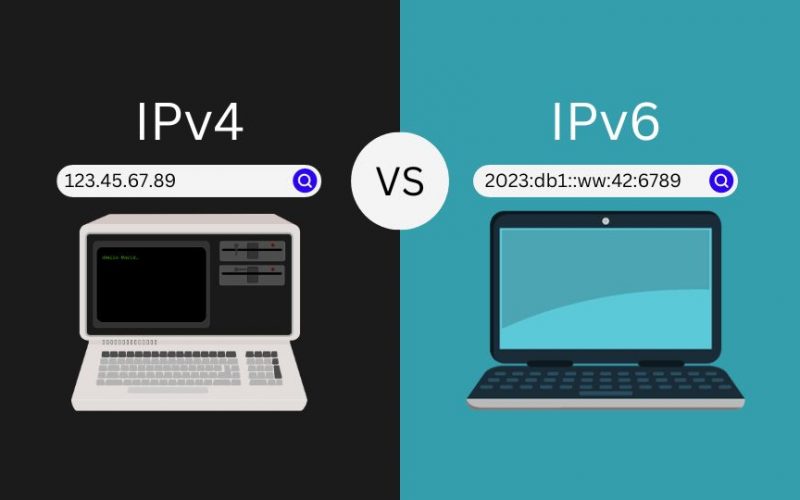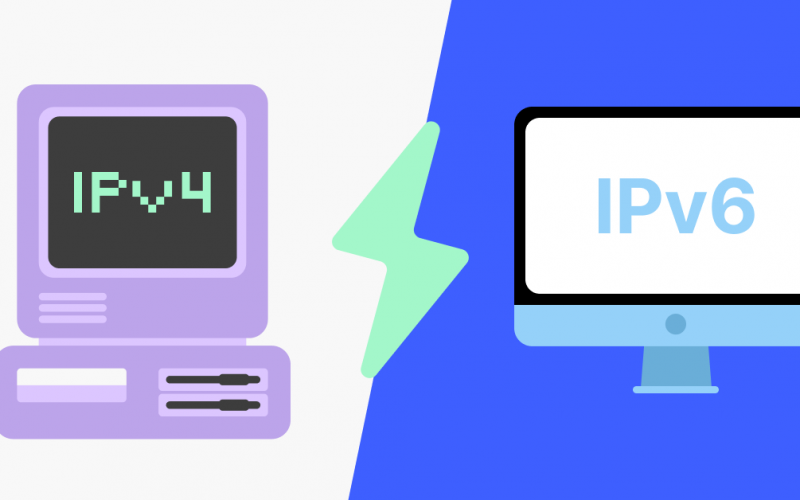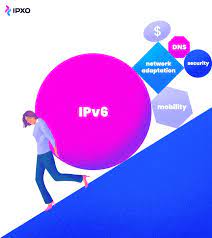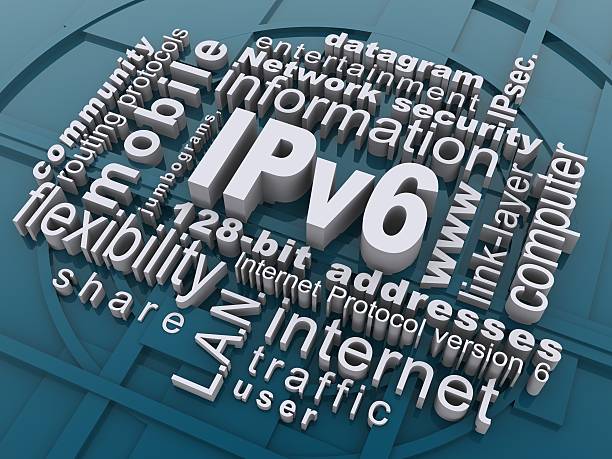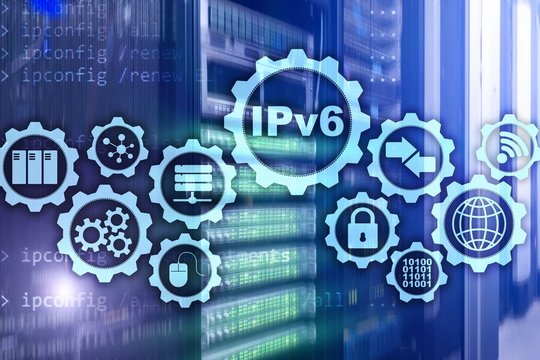16
Nov
NAT64 and DNS64 are two different components of a mechanism called IPv6 transition technologies, which are used to facilitate communication between IPv6 and IPv4 networks. NAT64 (Network Address Translation 64):NAT64 is a mechanism that allows IPv6-only devices to communicate with IPv4-only devices by translating IPv6 packets into IPv4 packets and vice versa. It enables IPv6 hosts to access IPv4 resources and services over an IPv6 network. Key points about NAT64: Address Translation: NAT64 performs address translation between IPv6 and IPv4 addresses. It translates IPv6 packets into IPv4 packets and IPv4 responses back into IPv6 packets. IPv6-to-IPv4 Translation: When an IPv6-only…

